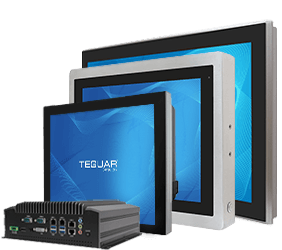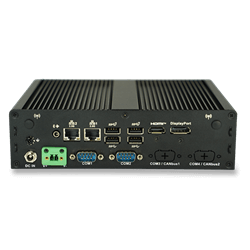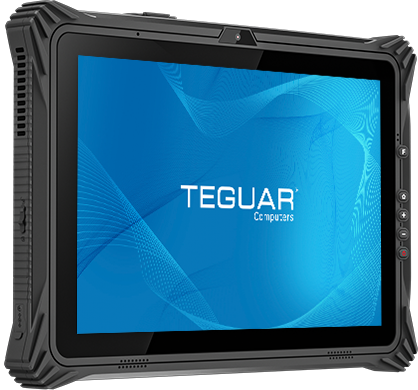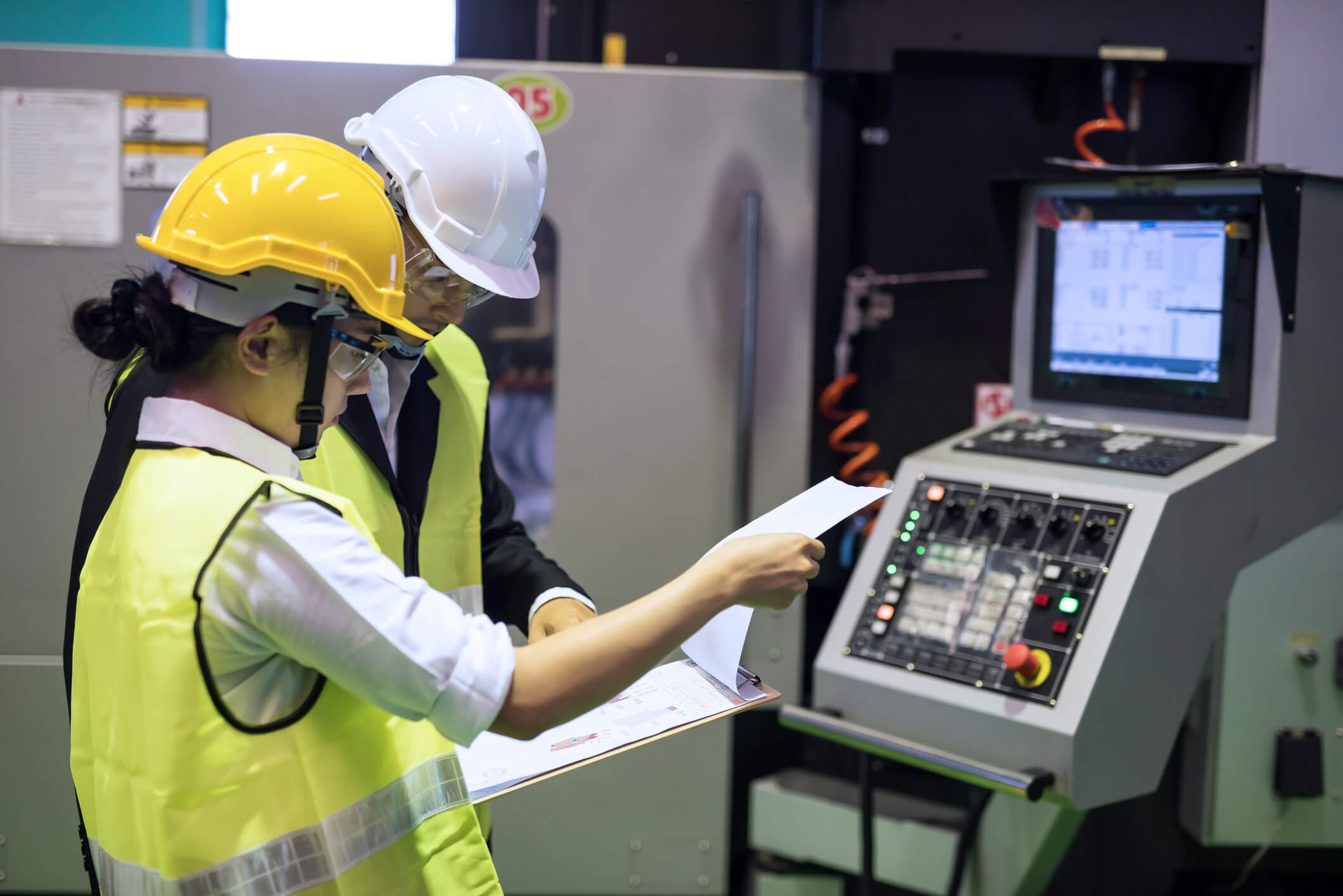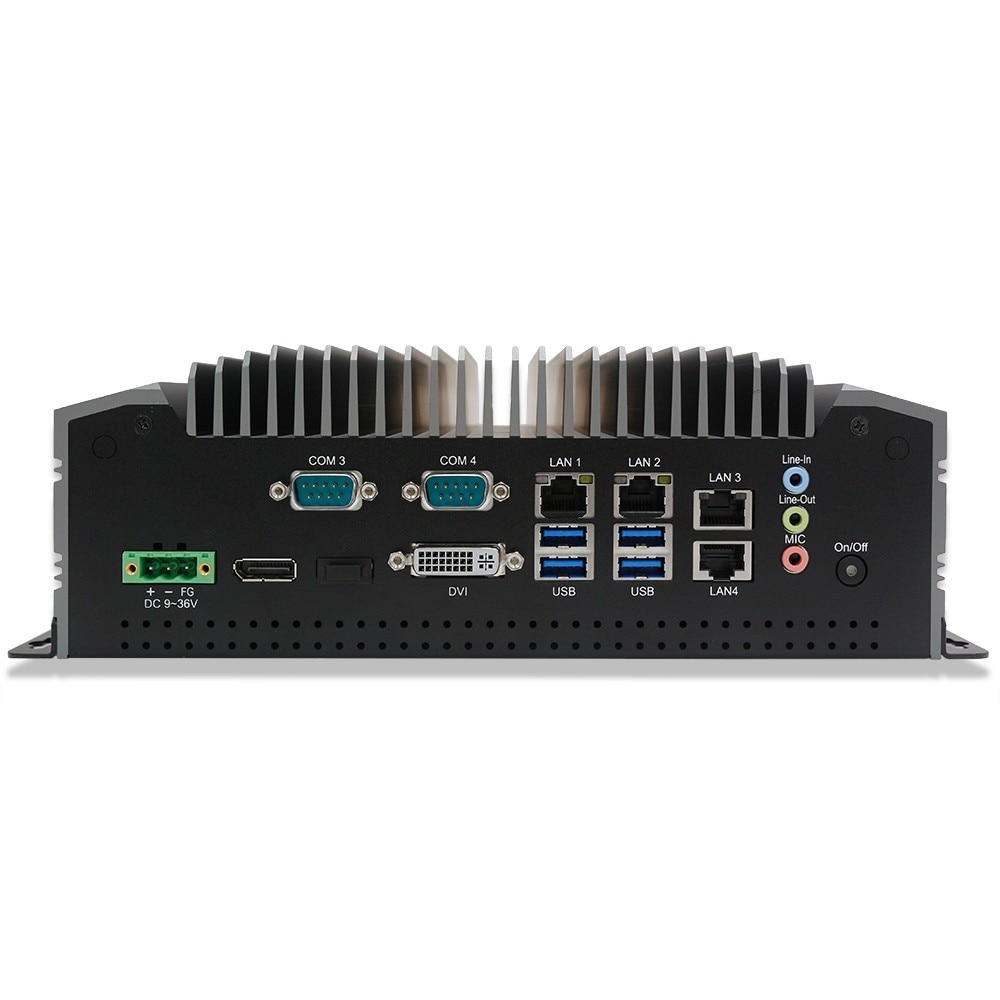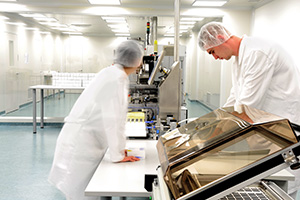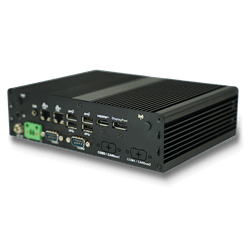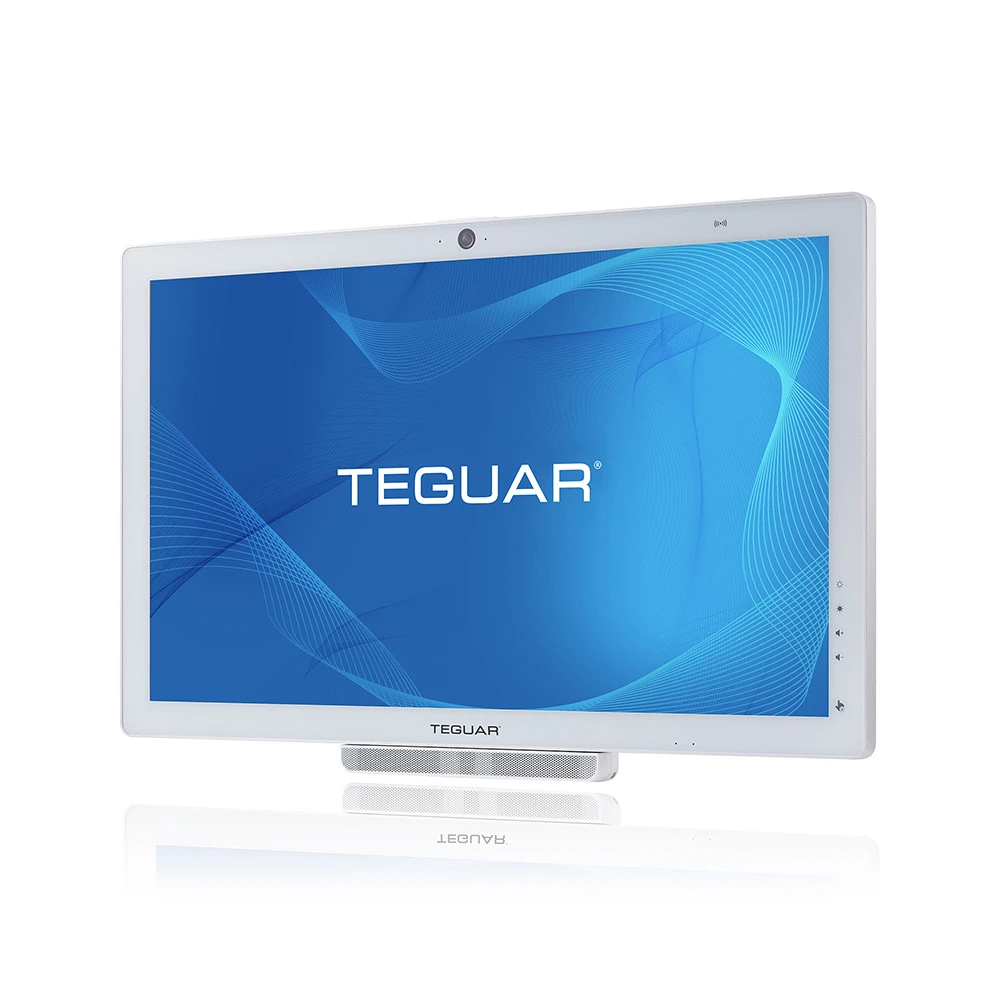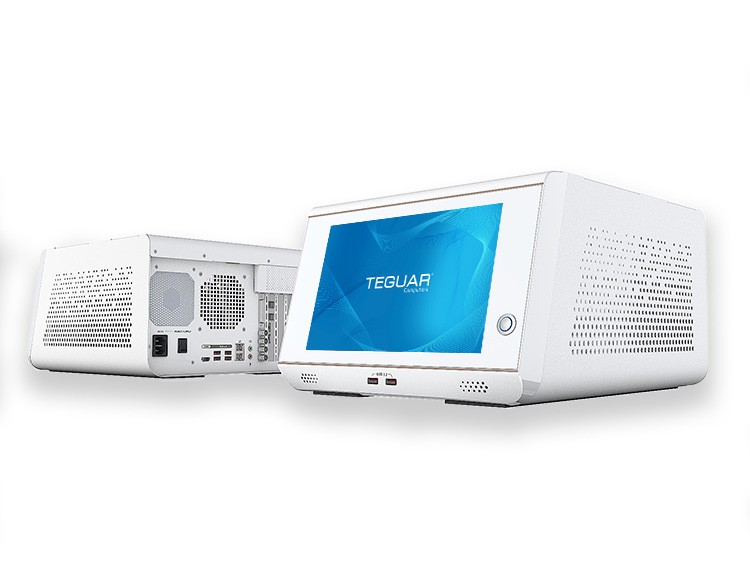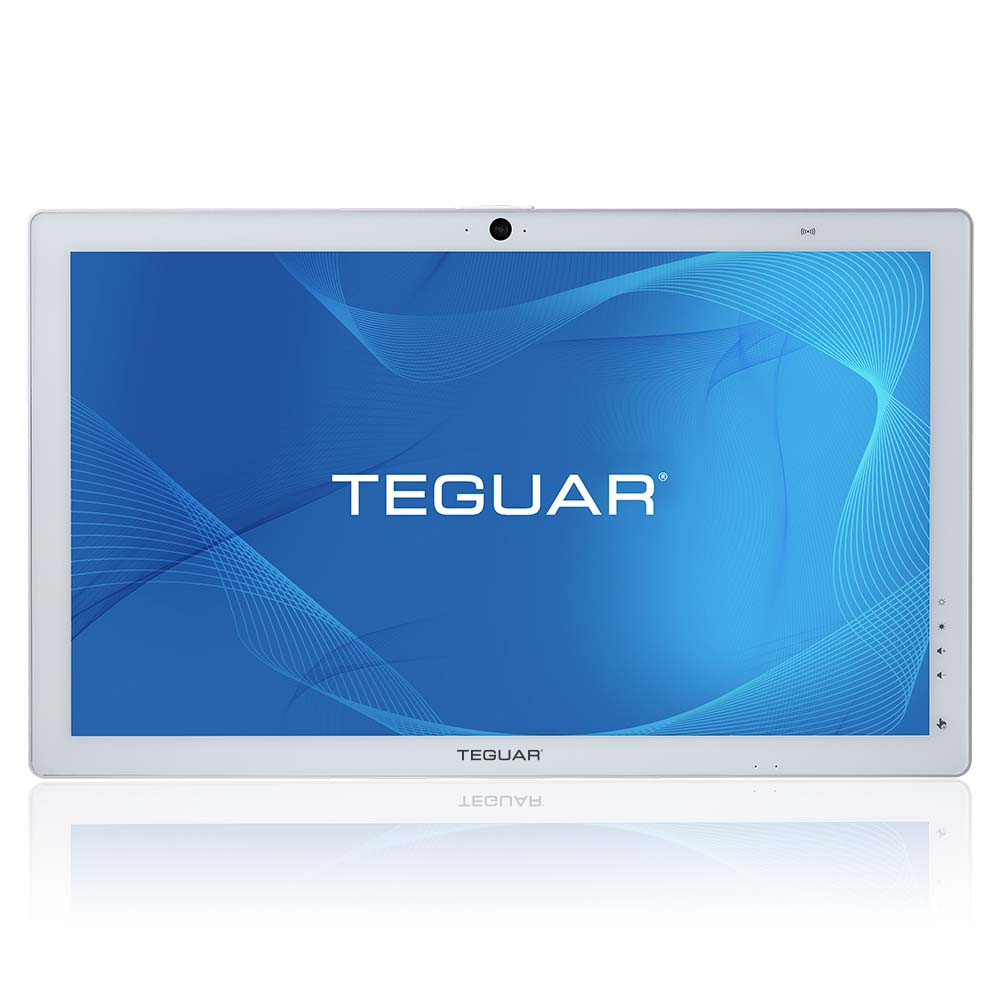How are Rugged Tablets used in Healthcare?
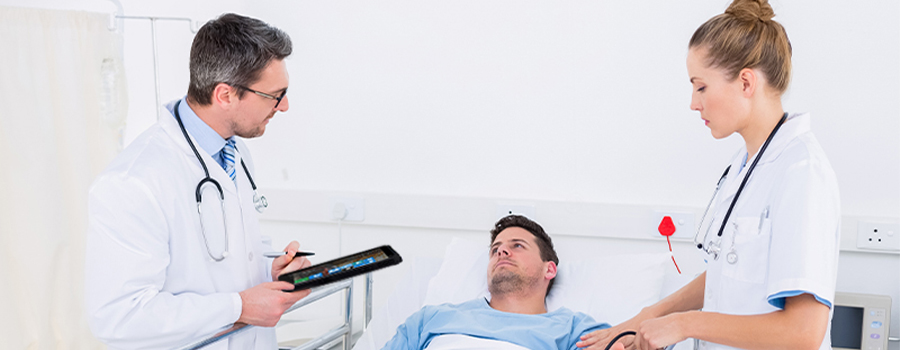
Rugged tablets are designed with industrial applications in mind, but the healthcare field has found use for them as well. So much so, that Teguar now offers two of our rugged tablets with white, anti-bacterial housing. Teguar’s medical tablet PCs are medically certified devices and they’re usually used in surgical applications or in mission critical medical equipment. There are a lot of applications in healthcare that don’t require a medically certified computer, such as patient identification, electronic medical records, and hospital inventory management. For applications such as these, a rugged tablet is a great option, because it’s mobile and ergonomic, it can have an integrated barcode scanner and RFID, and it can withstand drops, tumbles, and frequent sanitization.
Benefits of Rugged Tablets for Healthcare
Rugged
Most rugged tablets are drop rated for a fall onto concrete from a height of 3 feet, but they can usually handle much more than a 3 foot drop. They have rubber corners and a lip around the front bezel that protects the touchscreen. In a busy healthcare setting, or just normal day-to-day use, you can expect some accidental drops and falls. You don’t want a broken tablet to hold up your practice and you don’t want to replace your tablets year after year.
Waterproof
In medical applications, having a waterproof tablet is a major benefit. Fully sealed, waterproof tablets can be sprayed for cleaning, or in some cases, even dunked into a disinfecting solution. This is much easier than cleaning a consumer-grade tablet, which probably needs to be delicately wiped down, along with the case that it’s in. If you have to sterilize your equipment regularly, a consumer-grade tablet will probably show signs of wear and damage long before a rugged tablet does.
Mobile
Mobile computing is a benefit in just about every industry now a days. Rugged tablets range in size, but max at about 12”, so they’re big enough to clearly display patient information, but small enough to carry around all day. Tablets on the smaller size, between 4” – 8”, can even fit in a coat pocket. Special accessories, such as a hand strap, carry handle, or shoulder strap, make them even easier to carry all day.
Removable or Hot-Swappable Battery
For use shift after shift, the battery in your rugged tablet can be replaced with a fully charged one in seconds. Some rugged tablets even have a hot-swappable battery, meaning you can swap the battery while the tablet is still running, because a small internal battery gives the tablet a few minutes of power. You’ll never need to leave your tablet to charge. Rugged tablets are built to run 24/7, for years on end.
Applications of Rugged Tablets in Healthcare
Patient Records
The days of pen and paper record keeping are long behind us. Some healthcare providers are still using the old method of transferring patient records from paper to the computer, but this is time consuming and results in clerical errors. The most efficient way to record patient information is directly into a computer at the time of the patient visit.
Rugged tablets are a good option for electronic medical record keeping, because they can easily be carried from room to room. They also have a touchscreen and on screen keyboard or detachable keyboard, that can make data entry easier. Rugged tablets can also withstand the inevitable accidental drop. Plus, they can be sprayed and cleaned between each patient visit.
Medication Management
A rugged tablet can be used to show the doctor a patient’s current medications, allergies, and health history. This can help the doctor order the right medication quickly, which is critical in emergency situations. Many rugged tablets have barcode scanners integrated right into the housing, which can be used for Barcode Medication Administration (BCMA). A review of BCMA explains that “BCMA systems reduce medication errors by electronically verifying the ‘5 rights’ of medication administration—right patient, right dose, right drug, right time, right route—at the patient’s bedside.”
Barcode scanners can be used to scan the patient’s bracelet, the nurse’s badge, the medication, the chart, medical devices, and more. Most computers and tablets don’t have barcode readers, so usually a two piece system or medical cart would have to be moved from room to room. A rugged tablet can integrate the barcode scanner, RFID, camera, and other peripherals, making the system more ergonomic.
OEM Medical Devices and Machines
Medical OEMs choose rugged tablet PCs for several reasons. First of all, rugged tablets are built to withstand vehicle and machine vibration, so if mounted onto a medical machine, a rugged tablet will last, whereas a consumer-grade tablet can be damaged. Also, the inputs/outputs on rugged tablets are far more comprehensive than your typical tablet PC. Ethernet and USB ports are commonly needed in medical OEM applications, to integrate other peripherals.
Medical OEM/ODM projects can involve years of testing and a long certification period. Consumer grade tablets are usually only sold and supported for a few years, until the new generation takes over the old. Rugged tablets are made to last, therefore they are sold and supported for much longer. Rugged tablets are usually supported for a minimum of 5 years, but often it’s closer to 10 years.
Emergency Medical Services
In emergency medical situations, there is no time to worry about delicate equipment. You don’t want to worry about breaking your tablet if you set it down a little too harsh. Being waterproof comes in handy for emergency services too. Rugged tablets are weatherproof, so they can withstand rain, humidity, hot and cold. If you use a consumer-grade tablet in a rugged case, the tablet might collect condensation on a cold day. Barcode readers, hand straps, I/O ports, and other features mentioned above all make rugged tablets a good option for EMS too.
Which Teguar Rugged Tablets are most used in Healthcare?
Two of Teguar’s rugged tablets are available with antibacterial, white and blue housing, especially for the medical field. The TRH-A5380-05 is a 5” handheld device with an integrated barcode scanner, RFID, and removable battery. The TRT-A5380-10S is a slim 10” tablet that runs Android 7.0 and has built in NFC.
Teguar’s 12” Windows Tablet, the TRT-5180-12, is also a popular choice among healthcare providers and medical OEMs. It can run Windows or Linux, it has an optional built-in barcode scanner and RFID. The TRT-5180-12 also has several peripherals, such as a detachable keyboard and docking station, and several mounting options, such as a vehicle mount or an IV pole mount. This tablet also has a hot-swappable battery, for 24/7 run time.


